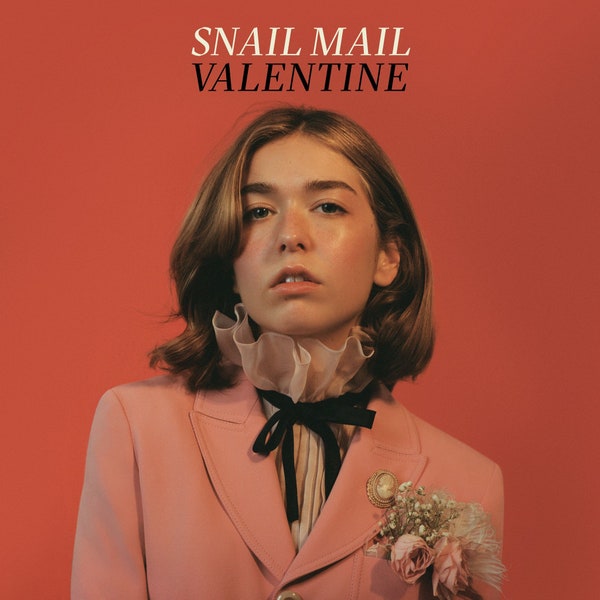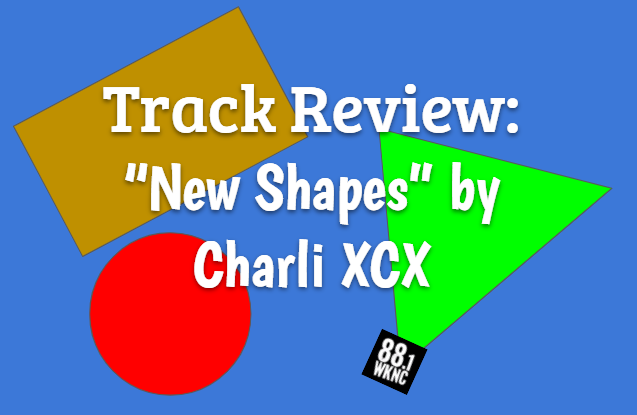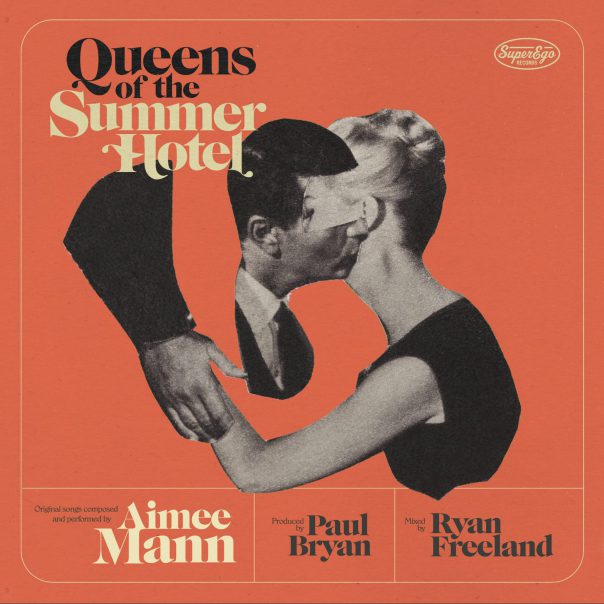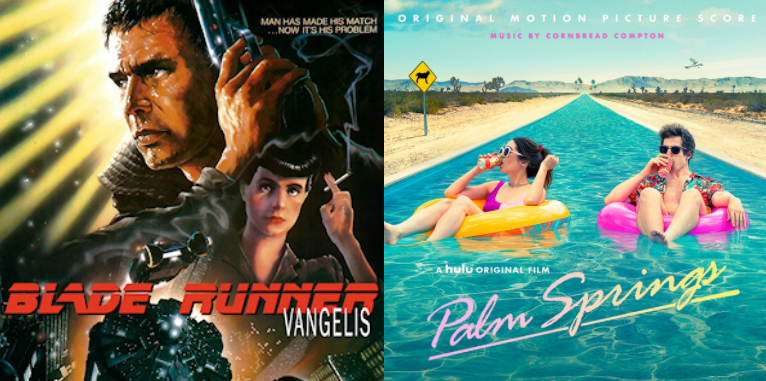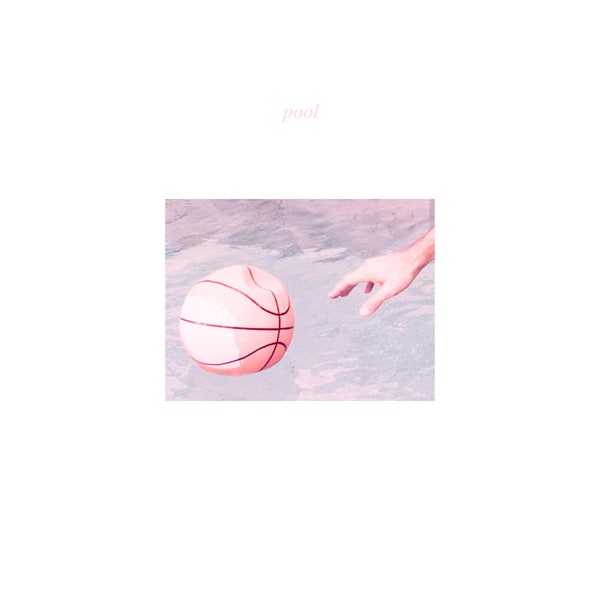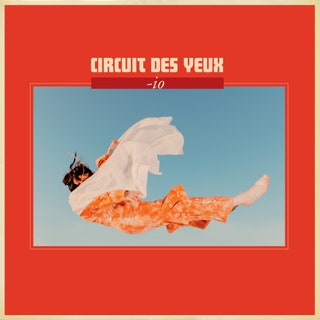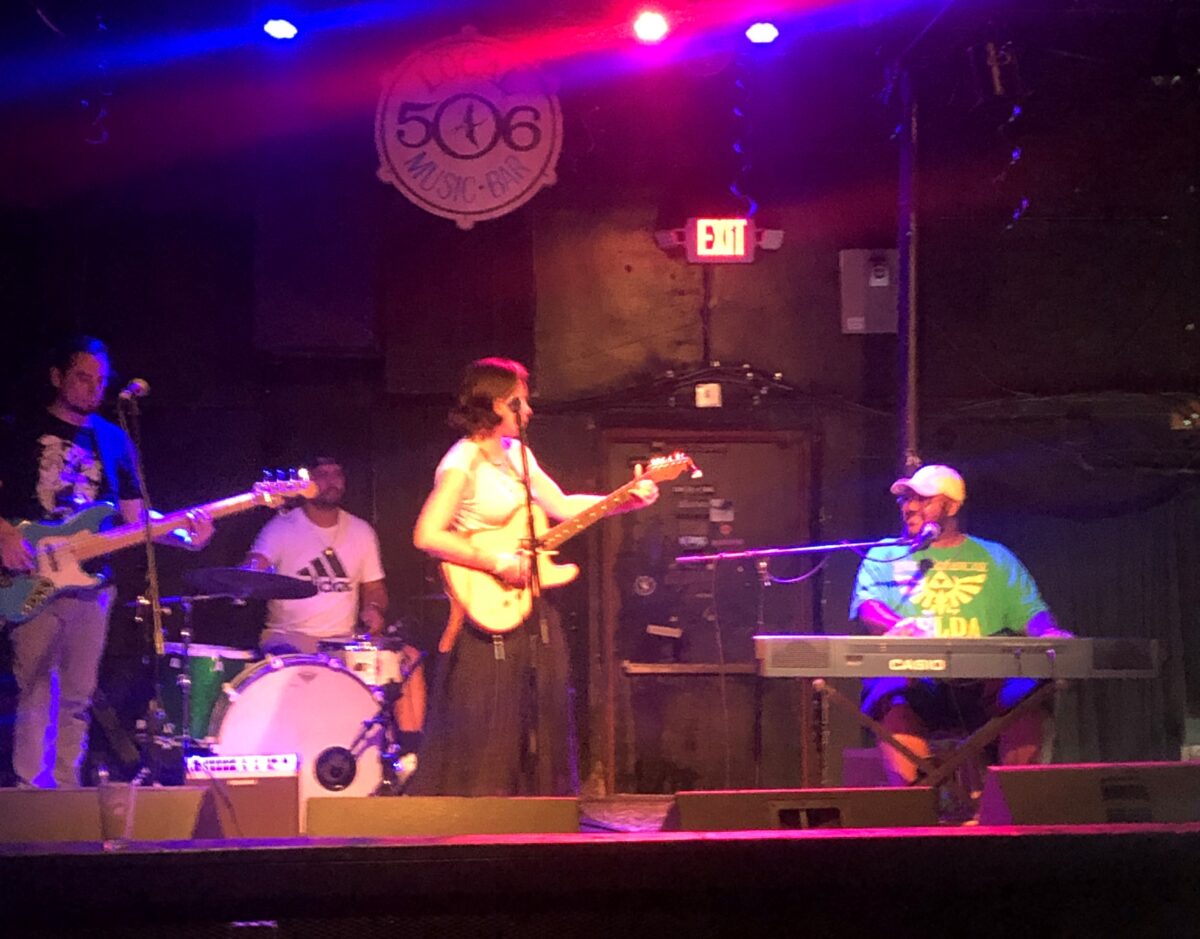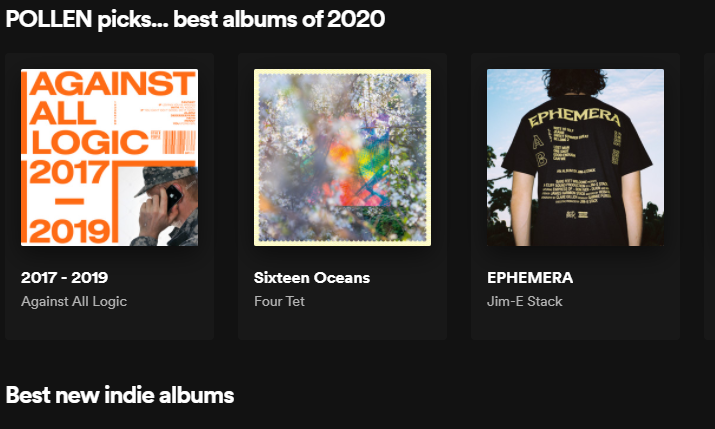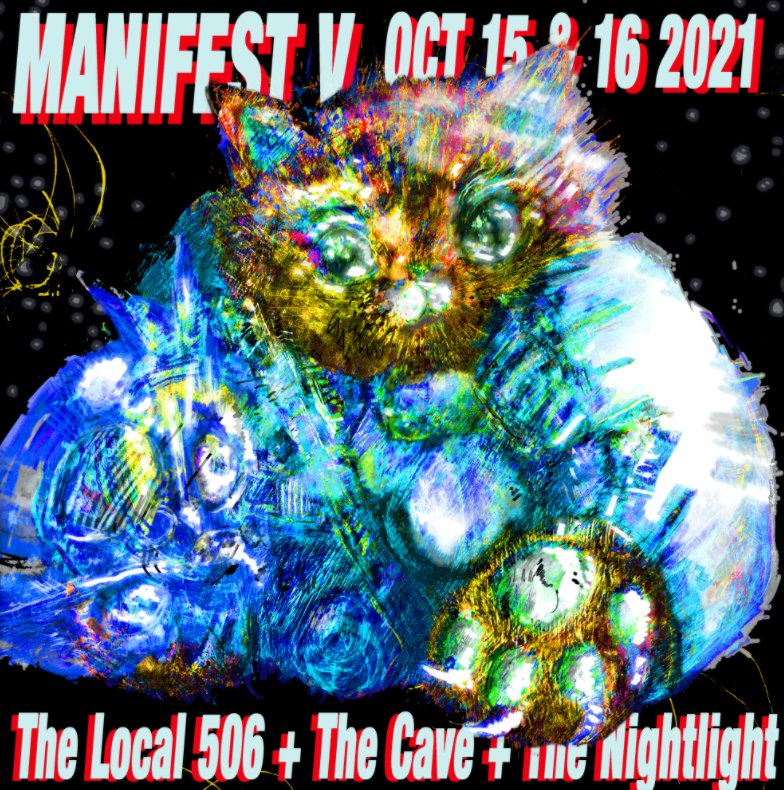When I heard that Snail Mail was releasing a new album, I was taken right back to when I first heard their previous album, “Lush”. That album was one of the defining musical moments of my time in high school, and I’ve been anticipating the project that would eventually become “Valentine” ever since. Now this came out among several disappointing releases for me, but I’m happy to say that “Valentine” did not disappoint.
It starts off with a bang, both the title track and “Ben Franklin” are singles for a reason, and both play heavily to the band’s strengths. Lindsey Jordan’s compelling lyrics have been the face of the Snail Mail brand since its inception, and the way “Valentine” takes what on the surface seems to be a straightforward love song and weaves in themes of jealousy and transience while maintaining an overall fun and driving tone. Pacing is something this album does very well; an album like this where there isn’t that much instrumental variety can often drag but Snail Mail comes at this type of slow, synthy indie rock/pop at all different angles to make it work. The strength of the instrumentals acted almost wavelike across the tracklist, with songs like “Madonna” and “Glory” coming in to balance out slower songs like “c. Et Al.” and keep the album chugging along.
It’s been over three years since the last Snail Mail album dropped, and Jordan had been 19 when debut album “Lush” was released. This means that between albums cycles a lot has gone on in her life and the perspective the songwriting takes has now changed from someone who is just getting started with adult life to someone who would have graduated college if they weren’t busy being a super famous singer. And with the change in perspective comes a change in tone, and in doing so it loses one of my favorite elements of “Lush” when I first heard it. This was such an earnest album, with a bright tone making the songs really come to life and a lot of shouted choruses that made even ruminations on lost love sound fun and upbeat at times, and the album balanced these clashing styles perfectly. For me in high school this was a winning combination that really made “Lush” stand apart from its peers and it’s something “Valentine” has largely eschewed, this is a more weary album. “Automate” features Jordan talking about a rocky relationship, but it feels like a longer meditation delivered with a sigh, the very concept reducing love to machine-like motions.
There is absolutely nothing wrong with this. Wanting an artist to never evolve and always to sound like their debut is creatively stifling for them, this is just to say that as a listener you might need to alter what you think a Snail Mail album should sound like in 2021. And if you’re able to do that, you’ll find an album that’s perhaps less immediate, but with just as much substance and heart.
-Erie

